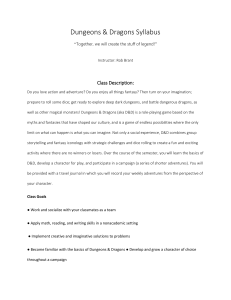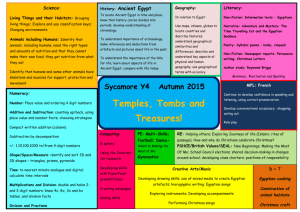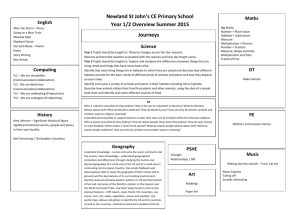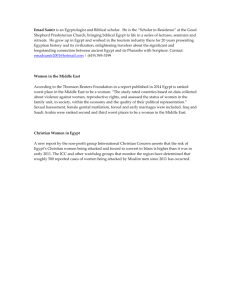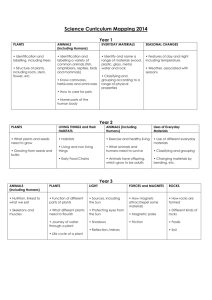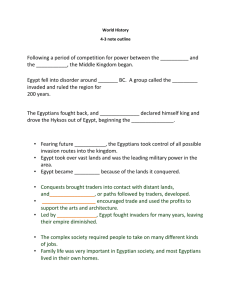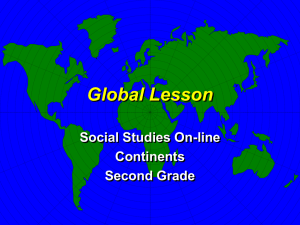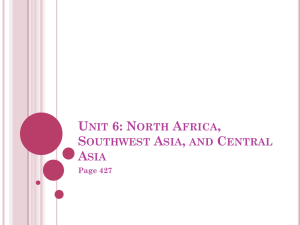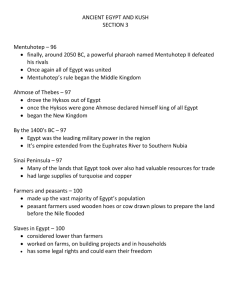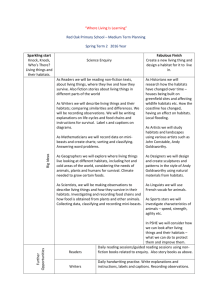Year 2 Long Term Planning 2015 - 2016
advertisement
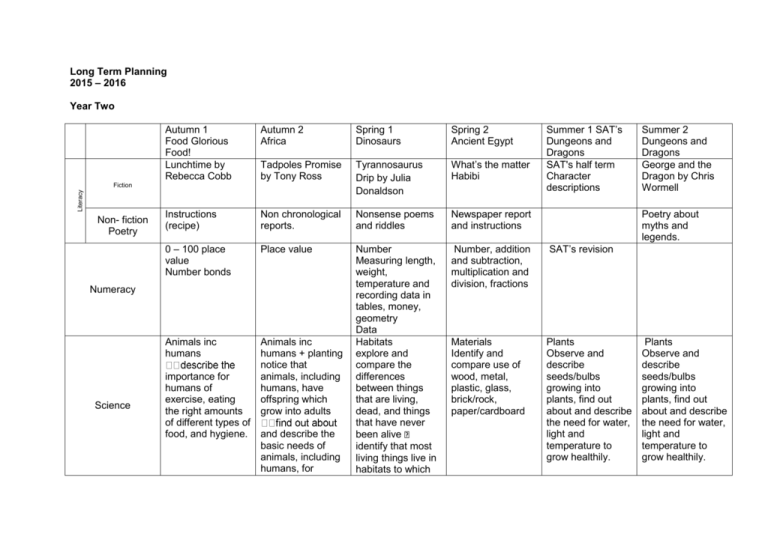
Long Term Planning 2015 – 2016 Year Two Autumn 2 Africa Spring 1 Dinosaurs Spring 2 Ancient Egypt Tadpoles Promise by Tony Ross Tyrannosaurus Drip by Julia Donaldson What’s the matter Habibi Instructions (recipe) Non chronological reports. Nonsense poems and riddles Newspaper report and instructions 0 – 100 place value Number bonds Place value Number, addition and subtraction, multiplication and division, fractions SAT’s revision Animals inc humans Animals inc humans + planting notice that animals, including humans, have offspring which grow into adults Number Measuring length, weight, temperature and recording data in tables, money, geometry Data Habitats explore and compare the differences between things that are living, dead, and things that have never been alive identify that most living things live in habitats to which Materials Identify and compare use of wood, metal, plastic, glass, brick/rock, paper/cardboard Plants Observe and describe seeds/bulbs growing into plants, find out about and describe the need for water, light and temperature to grow healthily. Literacy Fiction Non- fiction Poetry Numeracy Science Summer 1 SAT’s Dungeons and Dragons SAT's half term Character descriptions Autumn 1 Food Glorious Food! Lunchtime by Rebecca Cobb importance for humans of exercise, eating the right amounts of different types of food, and hygiene. and describe the basic needs of animals, including humans, for Summer 2 Dungeons and Dragons George and the Dragon by Chris Wormell Poetry about myths and legends. Plants Observe and describe seeds/bulbs growing into plants, find out about and describe the need for water, light and temperature to grow healthily. survival (water, food and air) History Vocabulary Before, after, past, present, then, now Walter Raleigh and other explorers who brought back food Jamie Oliver School dinner campaign. Guy Fawkes and the gunpowder plot. UK history Concept nation, civilisation, parliament, democracy, war, peace. Remembrance day they are suited and describe how different habitats provide for the basic needs of different kinds of animals and plants, and how they depend on each other identify and name a variety of plants and animals in their habitats, including microhabitats describe how animals obtain their food from plants and other animals, using the idea of a simple food chain, and identify and name different sources of food. Dinosaurs Ancient Egypt Pre historic world. Inventions, Gods, burial rituals, food Legends e.g. St George and the dragon Geography Vocabulary Human – city, town, village, farm, factory, house, office, shop Physical – beach, coast, forest, hill, mountain, ocean, river, soil, valley, vegetation, weather Art DT Computing Food around the world. Continents Italy – Pasta salad Asian cuisine Staple foods from around the world (tasting bread) Comparing UK and Africa around schooling, homes and play. Continents where dinosaur bones have been found. Egypt – location and Egypt today Continents Giuseppe Arcimboldovegetable faces Healthy food http://school.asda. com/teachers/dieta ndhealth/ks1.aspx www.foodafactforlif e.org.uk Making a pasta salad Healthy food interactive activities Sorting and grouping animals by characteristics African sunset art Clay modelling African huts Making toys out of recycled materials e.g. footballs Junk modelling dinosaurs Egyptian art hieroglyphics P.E. http://www.ks1resources.co.uk/page11.html have a look for ideas Collage dragons. Pyramids Researching African animals and art work Music Map work Photographs of plants – changing them and altering the contrasts etc Easter performance.
